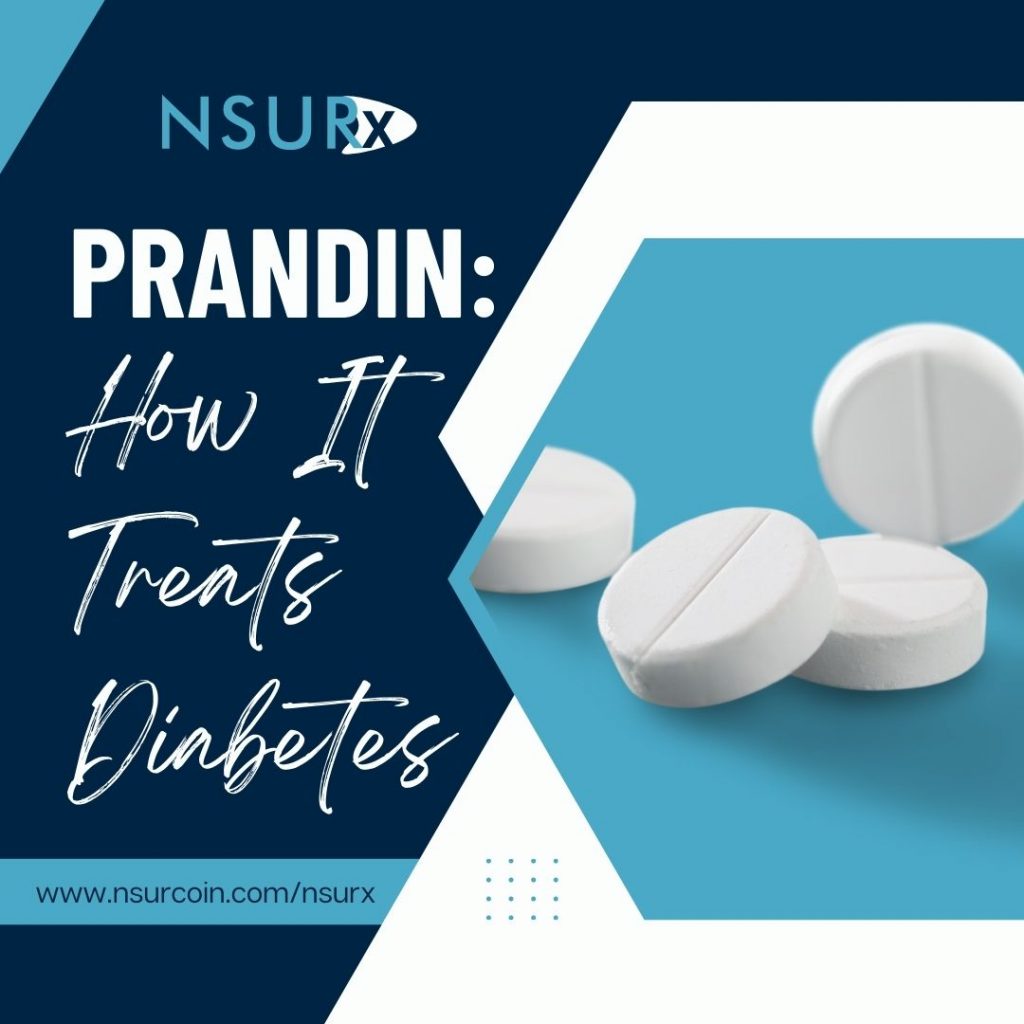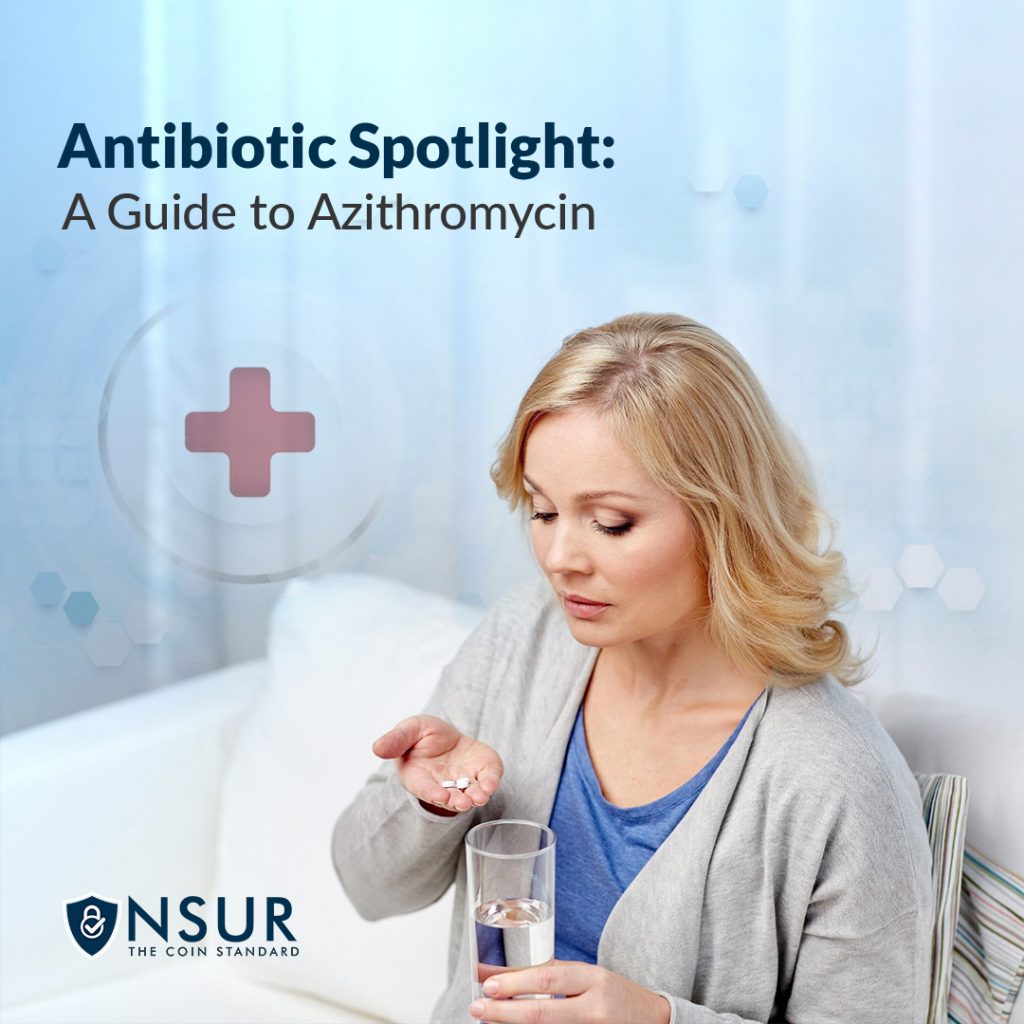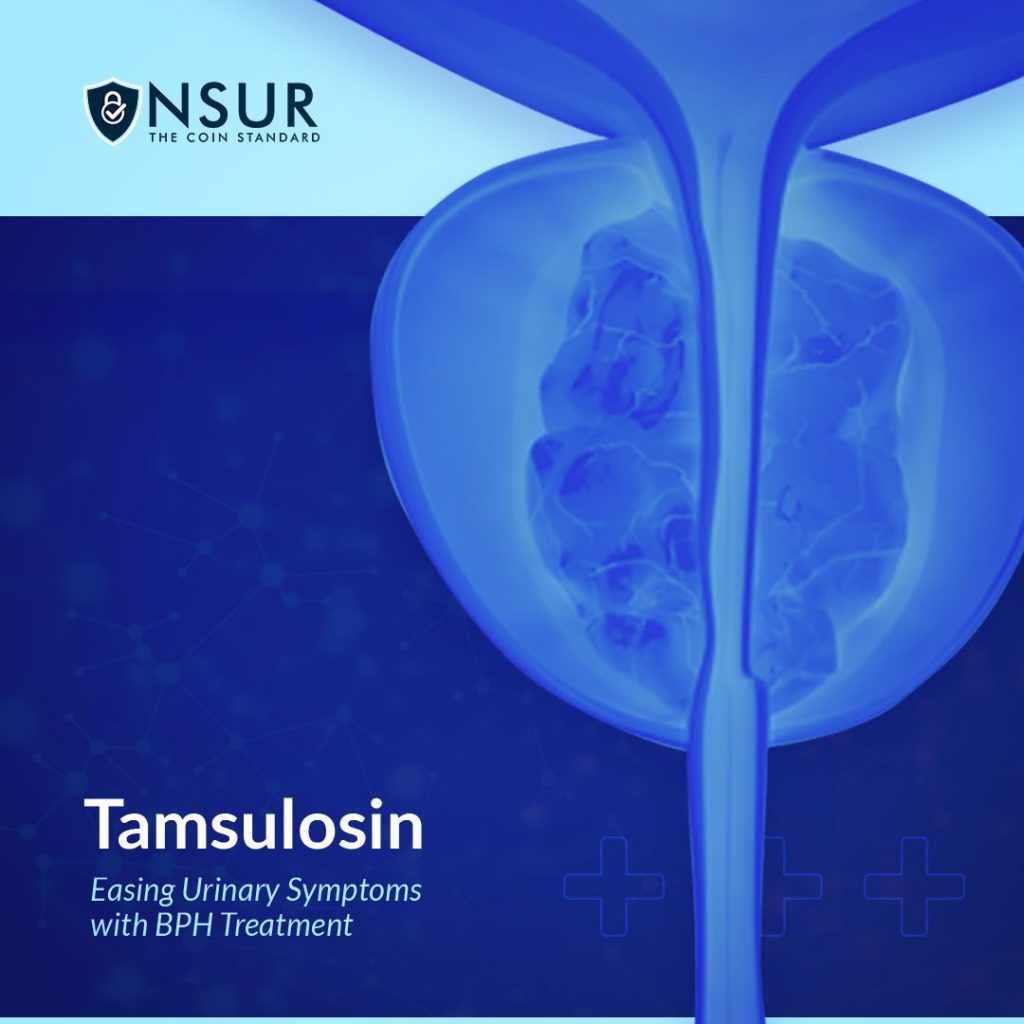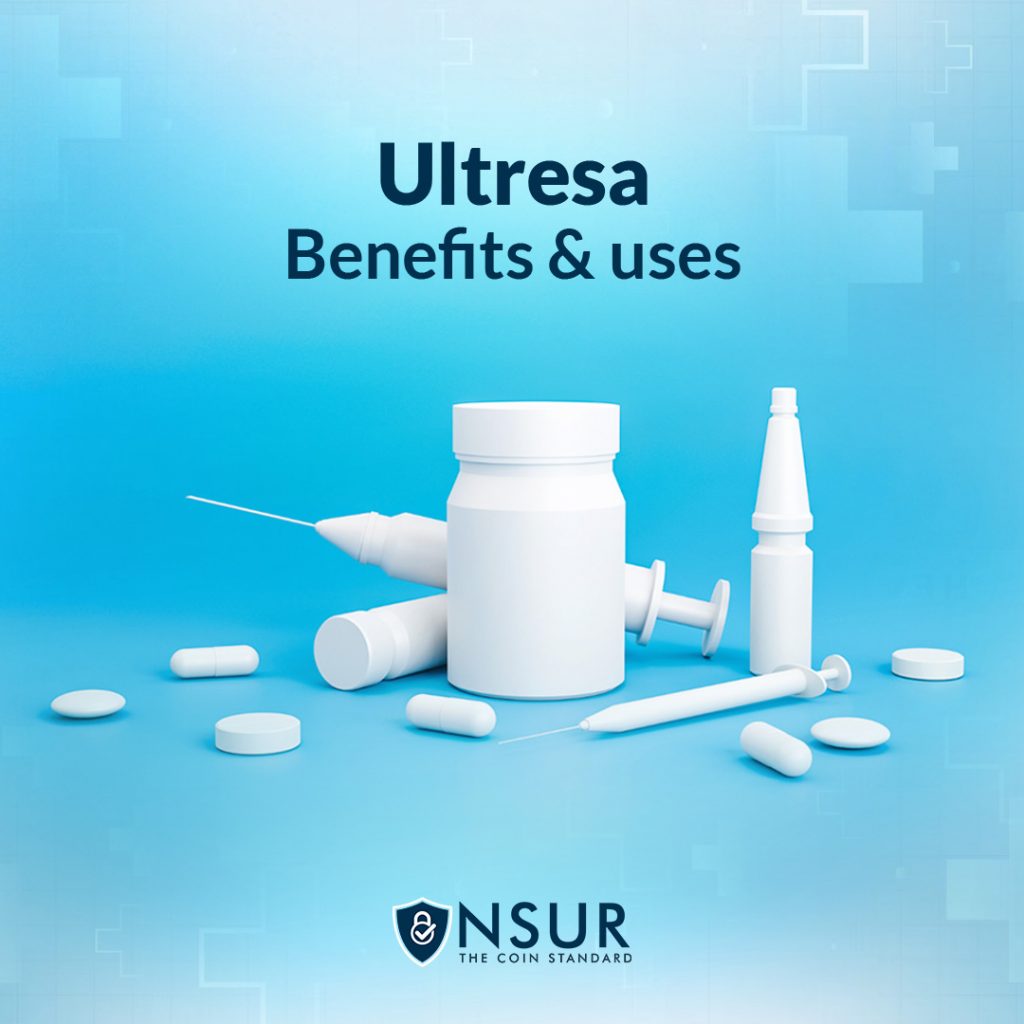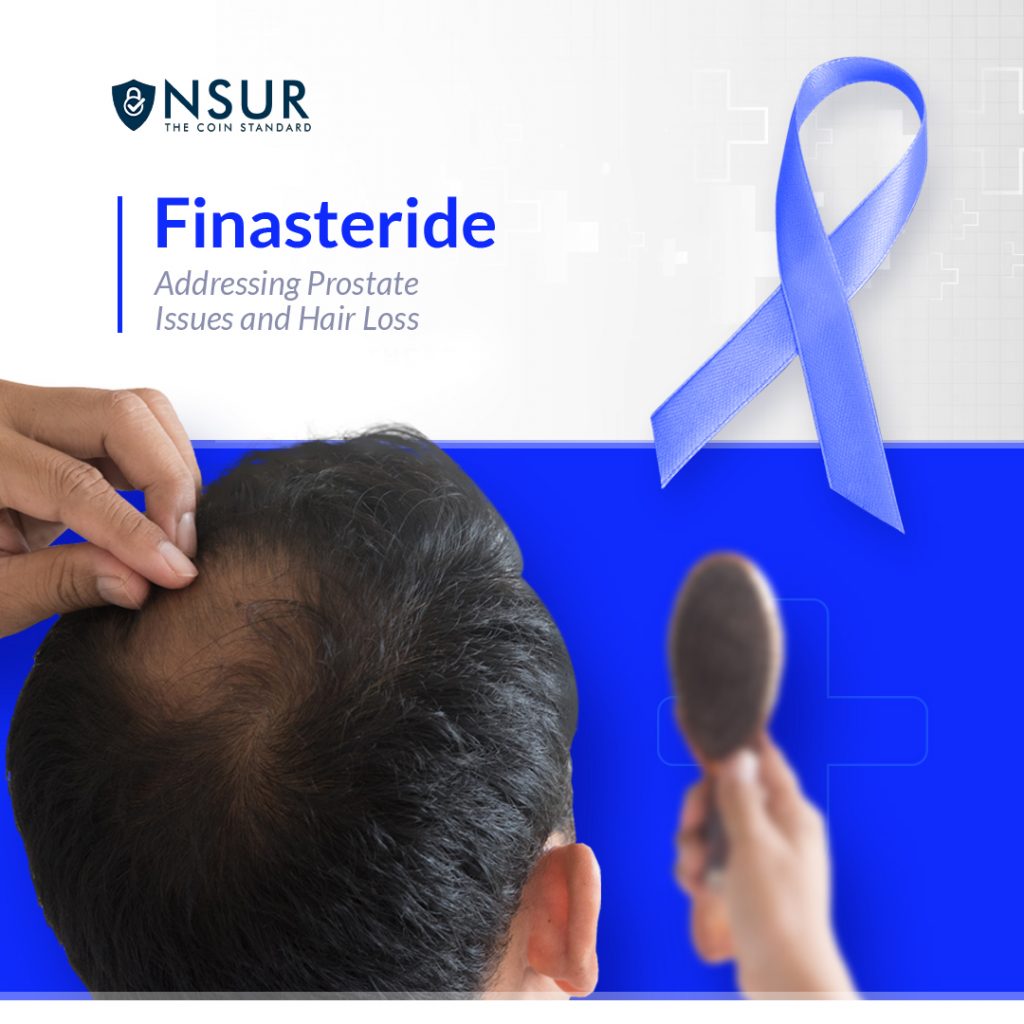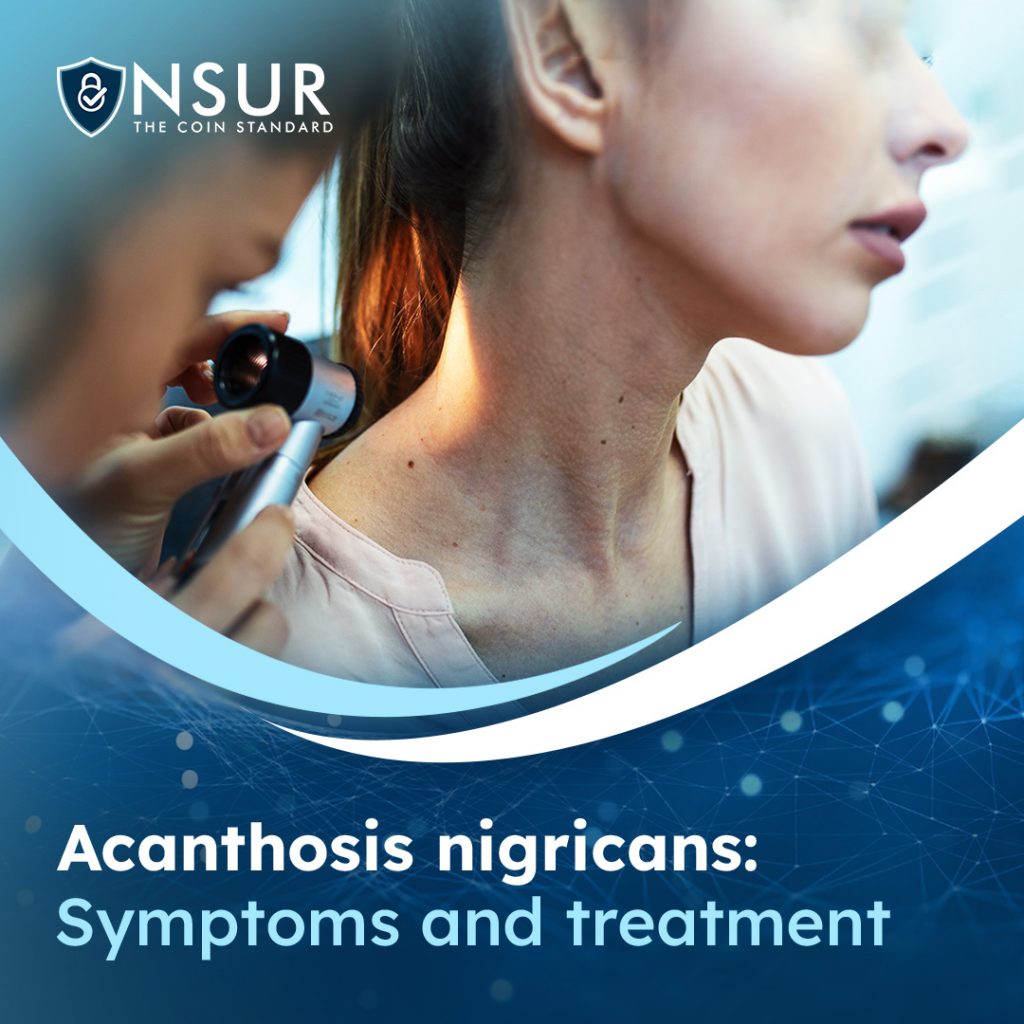
Acanthosis nigricans is a skin disorder that causes black, thick velvety skin to develop in body folds and wrinkles. It most commonly affects the armpits, pelvis area, and neck. The skin’s afflicted regions may also itch or smell. It is usually a symptom of a more serious illness, such as insulin resistance.
Obese persons are more likely to develop Acanthosis nigricans. In rare cases, the skin disease may indicate cancer in an internal organ, such as the stomach or liver. Although certain aesthetic and topical techniques may assist relieve symptoms, most treatments focus on treating the underlying issue.
Symptoms
- Discoloration of brown and black color
- It has a velvety texture and is thicker than the surrounding skin.
- Skin Tags
- Itching
- Bodily odor
Where Do Acanthosis Nigricains Appear?
- Armpits
- Back of the neck
- Groin
- Elbows
- Face
- Knees
- Knuckles
- Lips
- Navel
- Soles
- Palms
- For females it can also be found under breast
Topical or Cosmetic Treatment
Some people use topical or cosmetic treatments to minimize the look of acanthosis nigricans.
Topical creams and ointments include:
- Retinoids comprising a mixture of tretinoin
- Ammonium lactate, which patients may take in conjunction with a topical retinoid
- Hydroquinone
- Podophyllin, which doctors also use to treat warts
- Vitamin D analogues, such as calcipotriol (calcipotriene), which inhibit keratinocyte production
- Oral acne treatments
- Skin lighteners such as Retin-A, 20% urea, alpha hydroxy acids, and salicylic acid
Cosmetic treatments that may be beneficial include:
- Dermal exfoliation
- Alexandrite laser, a kind of red light laser with a wavelength of 755 nanometers
- Chemical peels
How do dermatologists diagnose Acanthosis Nigricans?
If your dermatologist diagnoses you with AN, you may be required to undergo blood testing along with other medical procedures. These tests can help determine whether or not you have another medical condition. It can sometimes be an indication of pre-diabetes, thyroid illness, or another disorder.
A doctor can offer the best therapy for acanthosis nigricans after they know what’s causing it.
Once the underlying reason has been addressed, the patches should disappear over time.
A doctor may advise you to lose weight if you are severely overweight.
They may also suggest, depending on the cause:
- Hormone-balancing medication
- Medication to regulate your insulin levels
- Switching to a medication that does not cause the patches
Causes
- The majority of persons with acanthosis nigricans are also insulin resistant. Insulin is a pancreatic hormone that helps the body to digest sugar. Type 2 diabetes is caused by insulin resistance. Insulin resistance is linked to polycystic ovarian syndrome and may have a role in the development of acanthosis nigricans.
- Acanthosis nigricans can be caused by high doses of niacin, birth control pills, prednisone, and other corticosteroids.
- Acanthosis nigricans is caused by some forms of cancers. Lymphoma and tumors of the stomach, colon, and liver are a few examples.
Take advantage of NSURx when making healthy lifestyle changes!
With the NSURx Prescription Benefit Card, you can save money on your medications at more than 35,000 pharmacies across the United States.
You can save up to 80% on your medication by using an NSURx card. Hundreds of dollars in savings could be yours every time you fill out your prescription.
The more you use NSURx, the more NSUR Coins you will receive as a reward.
Reference:
- https://www.mayoclinic.org/diseases-conditions/acanthosis-nigricans/symptoms-causes/syc-20368983#:~:text=The%20main%20sign%20of%20acanthosis,odor%20and%20develop%20skin%20tags.
- https://www.healthline.com/health/acanthosis-nigricans#causes
- https://www.aad.org/public/diseases/a-z/acanthosis-nigricans-treatment
- https://www.medicalnewstoday.com/articles/324062#treatment
- https://my.clevelandclinic.org/health/diseases/12168-acanthosis-nigricans
- https://www.nhs.uk/conditions/acanthosis-nigricans/

